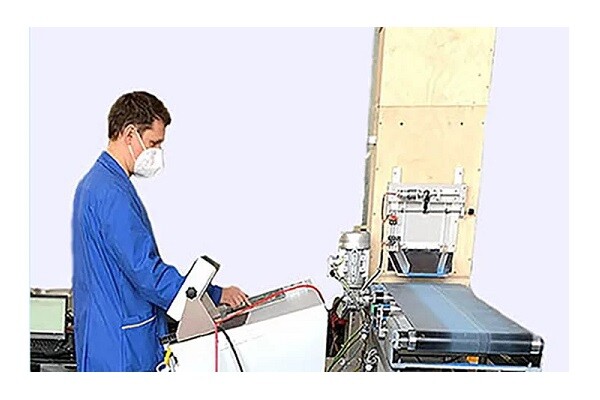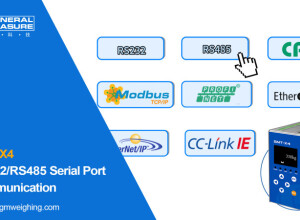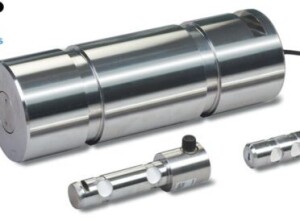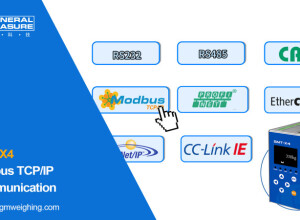SysTec GmbH (Germany) - Just recently, SysTec has performed and successfully passed the practical tests for the extended belt scale approval with the National Metrology Institute (NMi).
This applies to the belt scale software BELT E version 2.05 and higher for the weighing terminals IT6000E and IT8000E as well as for IT3BELT version 2.05 and higher, each with the belt scale driver V2.1.2 with the approval ID 9aa01757.
The extended type examination certificate brings the following advantages:
- The range of the feed rate of the belt scale could be extended from 50 -100% to 20 - 100%. This means that it is now possible in applications requiring W&M approval not only to capture large quantities but smaller quantities as well.
- Introduction of linearization points to eliminate measurement errors depending on the belt load (e.g. due to deflection of the belt). To this effect, additional calibration at intermediate points is introduced to achieve higher precision in weight determination over the entire load range.
- Sum interval (division) reduced from 10 kg to 0.1 kg - thus the SysTec systems can now also be used for belt scales with a smaller weighing range and smaller feeding quantities.
- Zero setting extended by the position-accurate zero point correction (not for IT3 BELT). This can be useful if the thicknesses of the belt varies at certain points (e.g. caused by repair work). The variance of the belt thickness has negative effects on the accuracy of the weight determination. With the new zeroing method, the deviation from the zero point is continuously captured and assigned to the current belt position. To this effect, the starting point of the belt must be detected via a digital input. The zero point correction is then carried out with the correction values stored for this position and thus follows the profile of the belt.
- As of software version 2.05, BELT E operator prompting can also be selected in Spanish. In addition, an automatic preact correction can be configured for the batch mode.
- With a new parameter it can now be specified whether zeroing is aborted - as before - as soon as the belt load exceeds the zero setting range or not. In the latter case, the entire zeroing belt length is run through regardless of the belt load, an average correction value is calculated, and only then a decision is made as to whether the correction value can be accepted or is outside the zero setting range and must be discarded.
- Inclination compensation for inclined belts (not for W&M approved applications) by using a serially connected inclination sensor, this allows –for instance– loading of trucks or rail cars with inclined belt scales.
'I am pleased that we can significantly expand the range of applications covered by SysTec belt scale controllers through the new type examination certificate. Both, our partners and the end customers will benefit from this' says Ralf Golinski, Manager Conformity Assessment and Sales Manager DACH / Benelux.
























Interested? Submit your enquiry using the form below:
Only available for registered users. Sign In to your account or register here.